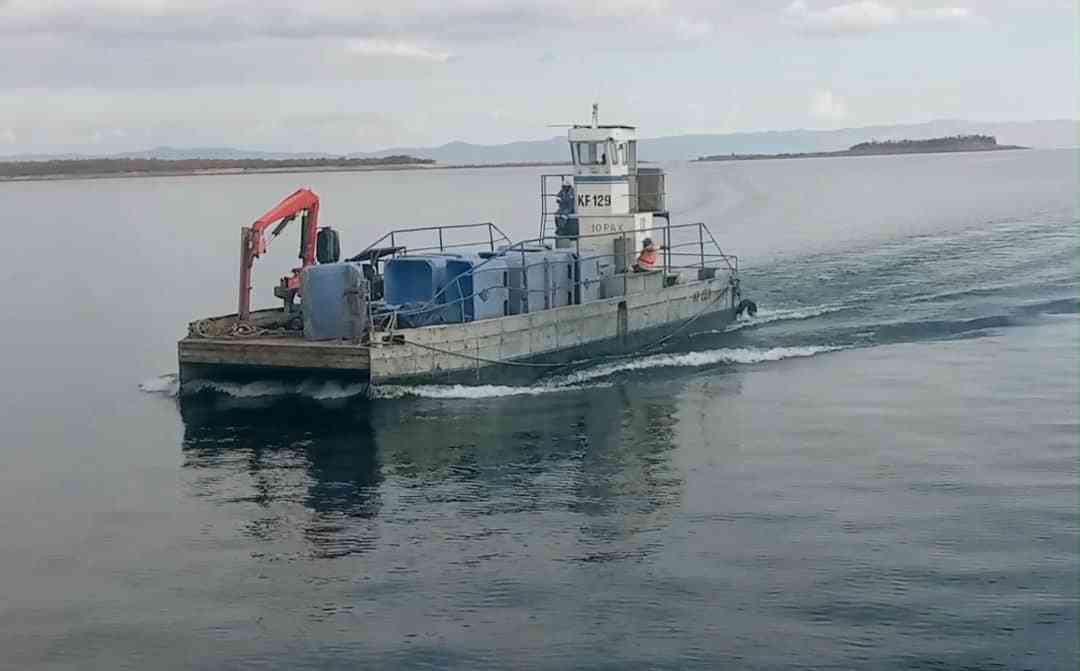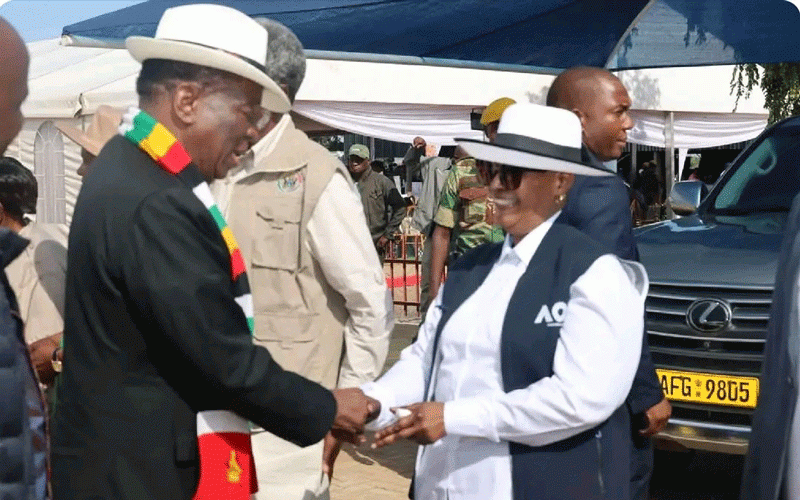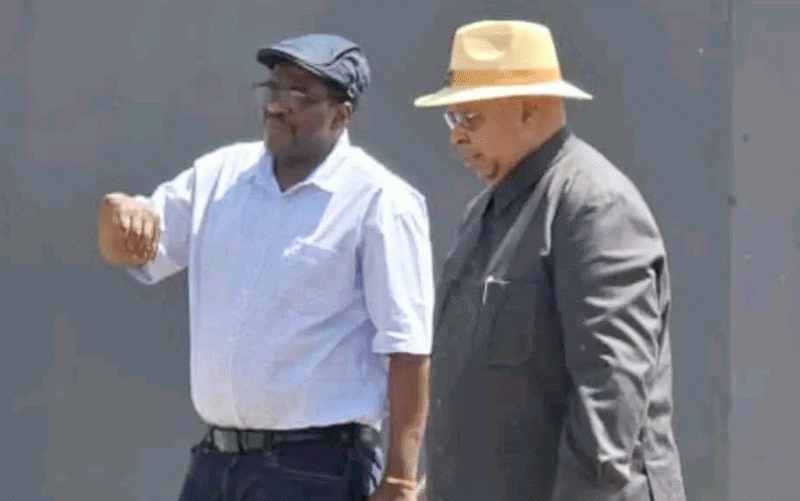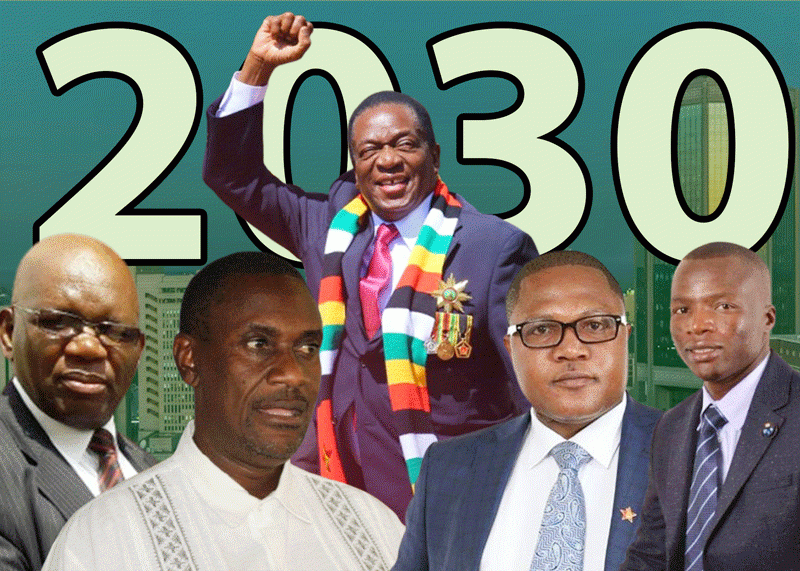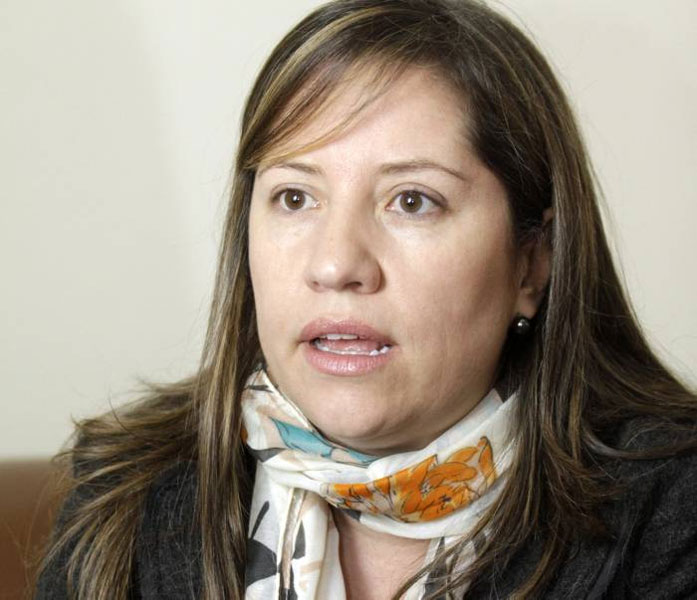
The National Transitional Justice Working Group (NTJWG) on Friday brought in top Colombian reparations expert Paula Gaviria to give insights on transitional justice at the third edition of the Reparations Dialogue in Harare.
Gaviria served as the director of Colombia’s reparations programme in the office of former president Juan Manuel Santos in 2012.
During her tenure, the Colombian reparations programme documented over seven million victims of the past Colombian conflict that has been dubbed the world’s worst crisis.
The reparations programme saw Santos receiving a Nobel Peace Prize in 2016.
Our chief reporter Everson Mushava (EM) caught up with Gaviria (PG) on the sidelines of the dialogue series on her views about how Zimbabwe can draw lessons from Colombia to resolve past conflicts, including the Gukurahundi atrocities. Below are excerpts from the interview.
EM: Can you briefly take us through the Colombian crisis?
PG: Colombia’s armed conflict lasted more than 50 years. Serious and massive human rights violations were committed.
Different armed actors participated, such as guerilla groups, paramilitaries, criminal gangs and state agents. Because of the protracted conflict, enormous damage was caused to human capital and social development, as well as damage at the individual and collective level.
- Chamisa under fire over US$120K donation
- Mavhunga puts DeMbare into Chibuku quarterfinals
- Pension funds bet on Cabora Bassa oilfields
- Councils defy govt fire tender directive
Keep Reading
More than 300 000 people were killed, several thousands were kidnapped, more than seven million people were displaced, hideous crimes against sexual integrity, torture, child recruitment and forced disappearance also occurred.
According to the Victims’ Unit Registry, as of 31 December 2019, the conflict in Colombia had left more than 179 000 direct and indirect victims of enforced disappearance. For many years victims and human rights organisations searched for a response from the state to the atrocities caused by so many years of conflict.
Former president Juan Manuel Santos assumed power in 2010, he committed to heal the wounds of so many Colombians that had suffered the impacts of the armed conflict, and the state assumed the challenge of implementing it in the midst of the conflict. Congress took a decision to expedite the reparation programme and reach a huge number of victims in 10 years.
EM: What challenges did the transitional justice programme in Colombia face?
PG: Materialising this programme in Colombia brought with it a series of challenges associated with the design and implementation of one of the largest and most ambitious models of reparations in the world.
Challenges associated with how to guarantee an effective participation of the victims, what institutional arrangement was required to make it possible, the risks of reparations in the midst of the conflict, the importance of having a differential view of the violations of rights and the damages caused, among others.
EM: How were these challenges resolved?
PG: One of the most important steps Colombia took to provide reparations to victims within the framework of transitional justice has been the issuance of Law 1448 of 2011, known as the Victims and Land Restitution Law.
We also made sure we lobbied politicians to legislate in favour of peace and reconciliation. We first had to push politicians to meet victims and hear their stories and it worked. This framework made it mandatory not only for the government, but for the state as a whole to provide assistance and give adequate responses to victims.
Colombia also made the participation of victims the central axis of reparations and differentiated the response according to the damage suffered by victims.
We also used a transformative approach to reparations and implemented rehabilitation measures within the framework of integral reparation encompassing a set of actions that contribute to physical, mental, social, community and psychosocial recovery.
EM: Francis Lovemore, the head of reparations at the NTJWG, gave a vivid picture of the situation in Zimbabwe, the same way you described the Colombian situation. From the briefs, where do you think Zimbabwe has a challenge, which needs urgent attention in addressing transitional justice to heal the nation from its history of violence and conflict?
PG: I think in Zimbabwe you have many challenges, but there are many opportunities as well.
The challenges are related to a series of violence, violent moments of your history going back to the past, recent violence, post elections, violence from the 80s (Gukurahundi) and violence in communities.
But the opportunities, which I think are there, the 12th chapter of the constitution, which deals with commissions, in particular the commission on peace and reconciliation. I also think you have a strong civic society that could be stronger and should be strengthened.
That the civil society is there, I think it is going right. The world has passed from a moment where transitional justice is irreversible. Transitional justice is there, the cases are there and as expected, a country like Zimbabwe that has gone through this violence, should addresses its past.
The way you do it, is your way. You have to find a way that is suitable for you. You can take models from other countries, but it is important to realise that your country has its own scenarios.
I am sure Zimbabwe can do it and this is the moment for the country to build on what the National Peace and Reconciliation Commission and this transitional network (NTJWG) have done so far.
EM: You mentioned one of the strengths as a strong civic society, or a civic society that can be strengthened. But in Zimbabwe, there has been an increase in cases of crackdowns on civic society members often accused by government as oppositional. Do you think Zimbabwe can depend on a crippled civic society for its transitional justice programme?
PG: It’s true civic society can be under threat from government, but they need to develop a network of alliances that might include university students to win the war. Students are key. The civic societies can also be supported by local communities. Civic societies should also know how to fly low at times while working with their network of alliances that are not under government scrutiny.
EM: And your case as a former presidential advisor on transitional justice where government is often accused of being the perpetrator of violence against its citizens for political reasons, you stood in between the alleged perpetrator and alleged victim. What were your challenges?
PG: The biggest challenge was the mistrust in the state. When you are a public servant and should lead the healing process, they don’t know who you are and your history, they simply know that you represent the state, the state they don’t trust. You need to build trust first and this does not depend only on you, but the state as a whole. It depends on your day-to-day actions. It was hard to fight that mistrust.
The scale in the situation in Colombia was much worse in respect of the numbers of victims.
This does not, however, mean it is not challenging in Zimbabwe because of the less number of victims.
EM: Each time when the issue of transitional justice comes up for discussion in Zimbabwe, the issue of Gukurahundi comes top. There is a major worry that the time to embark on healing anchored on truth telling is taking too long when critical witnesses are dying, with the latest being former president Robert Mugabe.
Losing key witnesses, do you think transitional justice will be feasible for the Gukurahundi victims?
PG: But the genocide is well-documented. The situation was the same with Colombia, many people had died, but communities have records, they have memories.
Community members with the information can be invited and the information used, we did that in Colombia and it worked.
EM: The state is the biggest stakeholder in transitional justice because of its dual role as both the perpetrator and part of the solution. In Zimbabwe, instead of addressing past atrocities, the government is involved in fresh violence against its people. Do you see any hope that Zimbabwe will ever have transitional justice?
PG: It is inevitable. The time is going to come. The same with the Colombia case, it was put on the radar for a long time.
Those crimes have to be addressed. I think it is going to happen. It has its own pace. It will be done step by step, from the basics. The government wants it, the people want it. People will give their testimony, reported by the media until pressure mounts on government.

